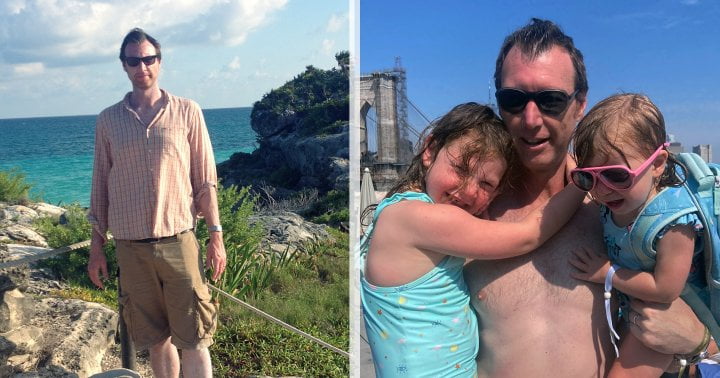How To Embrace & Integrate Your Shadow Self For Major Healing

The shadow self refers to parts of yourself—whether personality traits, emotions, thoughts—that are difficult to accept. As licensed clinical psychologist, Claire Nicogossian, Psy.D. explains to mbg, you often don’t want to acknowledge, identify, or embrace these things.
There’s a reason the shadow is often ignored or denied: These qualities don’t fit in with our conceptions of ourselves.
For example, she says, consider someone who has a core belief that feeling resentment in motherhood correlates with being ungrateful or a bad mom. “Instead of embracing their shadow self [and] experiencing anger or frustration at times toward her child or a situation in her life impacting her as a mom, she ignores or denies or thinks she’s less than because she’s having the feeling or thought or experience,” Nicogossian explains.
It was famed psychoanalyst Carl Jung who popularized the idea of the shadow self, licensed therapist and co-founder of Viva Wellness, Jor-El Caraballo, LMHC, tells mbg.
Jung believed the shadow holds repressed thoughts and feelings, Caraballo notes—not all of which are necessarily ‘bad’: “Jung believed that positive traits could be held in the shadow if those parts of ourselves were invalidated or minimized by others, leading us to repress those parts of ourselves.”
This article was originally published by mindbodygreen.com. Read the original article here.




